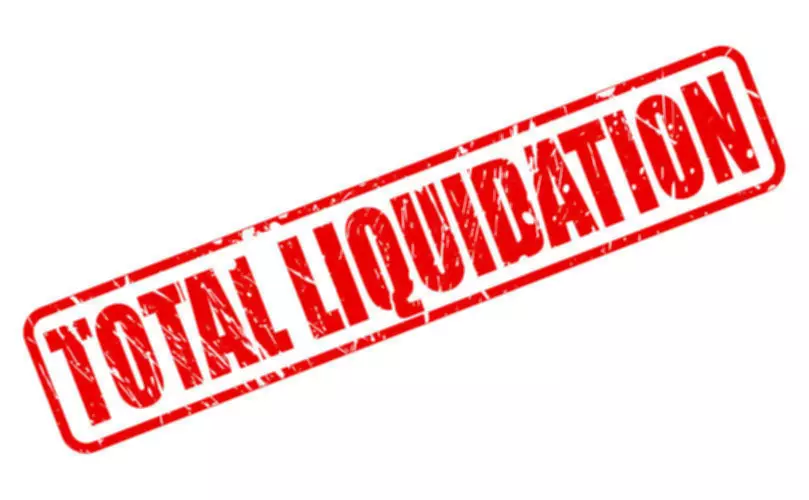Content

To put the allowance method into practice, you must create an allowance for doubtful accounts. This is a contra-asset account, which reduces the loans receivable when you list both these accounts on the balance sheet. Upon making a sale, you should estimate bad debt and debit the same to the bad debt expense account. When you wish to write off this debt, you need to debit your allowance for the doubtful accounts and credit the accounts receivables.
- How much bad debt you are accruing and how you are dealing with it is also a good indication of how effective your accounts receivable process is.
- The bad debt expense reverses recorded revenue entries in subsequent accounting periods when receivables become uncollectible.
- This calculator will compute a company’s bad debt to accounts receivable ratio, given the total value of the company’s bad debts and its accounts receivable balance.
- In cash-based accounting (the opposite of accrual accounting), transactions are recorded when cash leaves or lands on your company’s accounts.
- This type of debt can be found on a company’s balance sheet as an asset and liability.
- Bad debt is an expense that a business incurs once the repayment of credit previously extended to a customer is estimated to be uncollectible.
- A collaborative accounts receivable solution—such as Versapay—uses automation and cloud-based collaboration technology to get customers, sales, and AR on the same page.
In this example, Company B has an average monthly sales of £10,000 and outstanding invoices of £2,500. You then create a ‘pool’ of funds to cover any losses that might occur and make provisions against them. This could be due to a customer going bankrupt, unwilling or unable to pay, or simply ignoring your invoice requests. Did you know that the average amount of bad debt amongst UK SMEs has risen by a staggering 61% in the last year? Businesses are now writing off an average of £16,641 as unrecoverable yearly. She is a Certified Public Accountant with over 10 years of accounting and finance experience.
How to Calculate Bad Debt Expense?
Because uncollectible accounts threaten your cash flow, it is important to keep an eye on them. When handling disputes, AR teams can seamlessly loop in necessary team members to ease customer communication and tap into shared knowledge faster. Customers also receive full visibility into their outstanding balances and can seamlessly make payments through a cloud-based self-service portal. Customers’ likelihood to short pay or skip paying altogether is deeply related to how you communicate with them throughout the billing and payment cycle.
It’s a reasonable and accepted accounting principle, and it’s crucial to properly account for this kind of debt expense by defining, notating and calculating it accurately. In addition, maintaining accurate records of doubtful debt expenses ensures that companies comply with standard accounting principles and avoid penalties. The allowance for doubtful accounts helps CFOs and controllers better understand the true state of a company’s finances and make more accurate cash flow projects long-term via balance sheet forecasting. It can also be thought of as a risk assessment tool that gives finance teams a better idea of how future clients may perform with respect to paying their debts.
How to Calculate the Percentage of Bad Debt
Bad debt could be significantly problematic to lenders, companies and borrowers alike. While lenders and companies could face major financial and reputational problems, bad debt could also be substantially damaging to the financial health of borrowers. While lenders and companies should deploy adequate risk management measures to minimise the possibility of bad debt, borrowers should plan their repayments before taking a loan. Percentage of sales method simply considers a period’s total sales and multiplies the value by a percentage.
Businesses that offer trade credit to their customers keep an allowance for doubtful accounts on their balance sheet. It is an estimate of the amount of accounts receivable (AR) that a business expects to become bad debt. Bad debt is an expense that a business incurs once the repayment of credit previously extended to a customer is estimated to be uncollectible. A write-off refers to a business accounting expense reported to account for unreceived payments or losses on assets. Per this principle, individuals must record an expense during the transaction and not when the payment is made. If you follow this method, there is no formula required to calculate the bad debt as the actual value of the bad debts is recorded in the book of accounts as an expense.
The Impacts of Bad Debts on Business
Now that you know how to calculate bad debts using the write-off and allowance methods, let’s take a look at how to record bad debts. To record the bad debt expenses, you must debit bad debt expense and a credit allowance for doubtful accounts. You need to set aside bad debt expense calculator an allowance for bad debts account to have a credit balance of $2500 (5% of $50,000). One of the best ways to manage bad debt expense is to use this metric to monitor accounts receivable for current and potential bad debt overall and within each customer account.
As a result, the steps you’ll take to estimate your AFDA in this method are different compared to the percentage of sales method. If 6.67% sounds like a reasonable estimate for future uncollectible accounts, you would then create an allowance for bad debts equal to 6.67% of this year’s projected credit sales. Here, we’ll go over exactly what bad debt expenses are, where to find them on your financial statements, how to calculate your bad debts, and how to record bad debt expenses properly in your bookkeeping. The percentage of sales formula involves taking your current bad debt expenses and dividing it by your total net sales, from which you get a ratio that can be used to estimate future bad debt losses. Bad debt represents a genuine material threat to the liquidity of your business. If your business allows customers to pay with credit, you’ll likely run into uncollectible accounts at some point.
Below is a snippet from the same which shows an ideal way to report the allowance for the doubtful accounts. You can write off this debt when there has been https://www.bookstime.com/ no activity on the account for 180 days. For more information on these calculations and assistance setting up a better reporting system, contact Gaviti!

